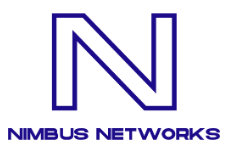Remote Worker Enablement
As a business leader, here's what you need to know...
Work at home may become the new normal. Not only could it
become a temporary law, but it's also the best way to protect your employees from exposure to the novel virus. So how can you as a business owner prepare to transition your workforce into a work-at-home team that still performs at a high level? We've created a step-by-step process to help you prepare.
Six Steps to Enable Your Remote Workers:
How Quickly Can You Make a Pivot?
If you'd like assistance in putting a work-at-home technology plan in place, contact us and we'll get you in touch with our trusted advisors. For more information about current partners, see below.
Our Partners
Many of our suppliers are at the ready to help you move to a remote workforce. We have compiled the generous offers we have received. Reach out to us to learn more about their offers.














